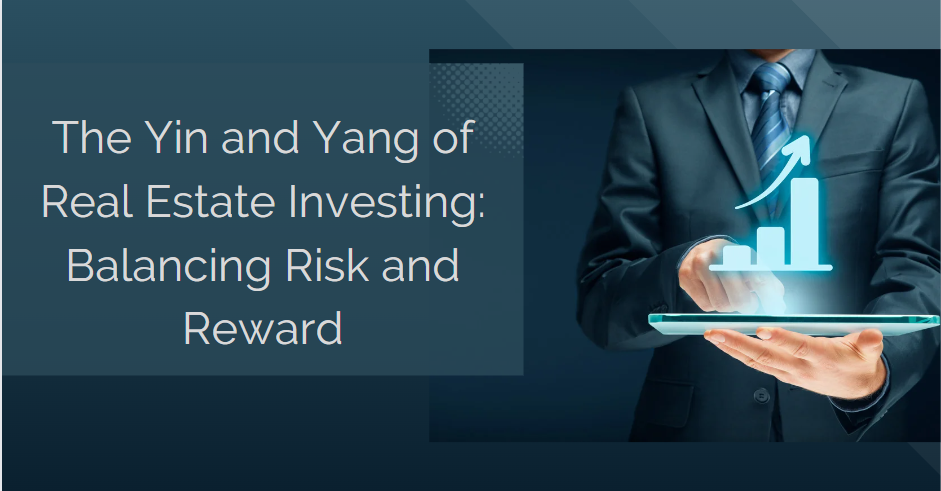Real estate can be an alluring investment - the potential for handsome returns is enticing. But the risks cannot be ignored. Savvy investors weigh both sides of the scale to make wise decisions. Here's a look at real estate's central analysis - risk versus reward:
The Allure of Returns
- Stable cash flow from rentals provides ongoing income. Cover your costs and accumulate wealth through steady monthly earnings.
- Appreciation builds equity over time as property values rise. Realize this gain when you sell or leverage it strategically.
- Tax incentives like mortgage interest and depreciation deductions can minimize your tax bill and maximize overall returns.
- Real estate diversifies a portfolio, reducing correlation to stocks and bonds. This mitigates market volatility impact.
- You're in the driver's seat when owning property. Make strategic decisions like renovations to boost value.
The Reality of Risk
- Markets fluctuate, influenced by economic forces like interest rates and demand. A downturn can mean a decrease in asset values.
- Owning property requires hands-on management. Dealing with tenants and maintenance takes time and perseverance.
- Illiquidity makes it harder to access funds quickly. Selling takes time and incurs transaction costs.
- Mortgage financing amplifies gains but also risk. Declining property value could mean owing more than it's worth.
- Regulations and legal issues vary locality to locality. Noncompliance leads to costly complications.
The key for investors is striking the right risk-reward balance - understanding one's personal tolerance for risk and how to incorporate safeguards. Risk management tools like insurance, vetted partners, and portfolio diversification can mitigate downside concerns. With eyes wide open to both the pros and cons, real estate investors can tailor a strategy that aligns with their financial objectives and peace of mind.


